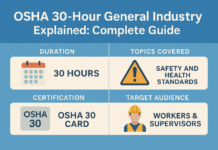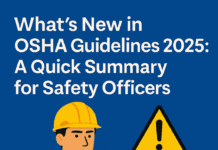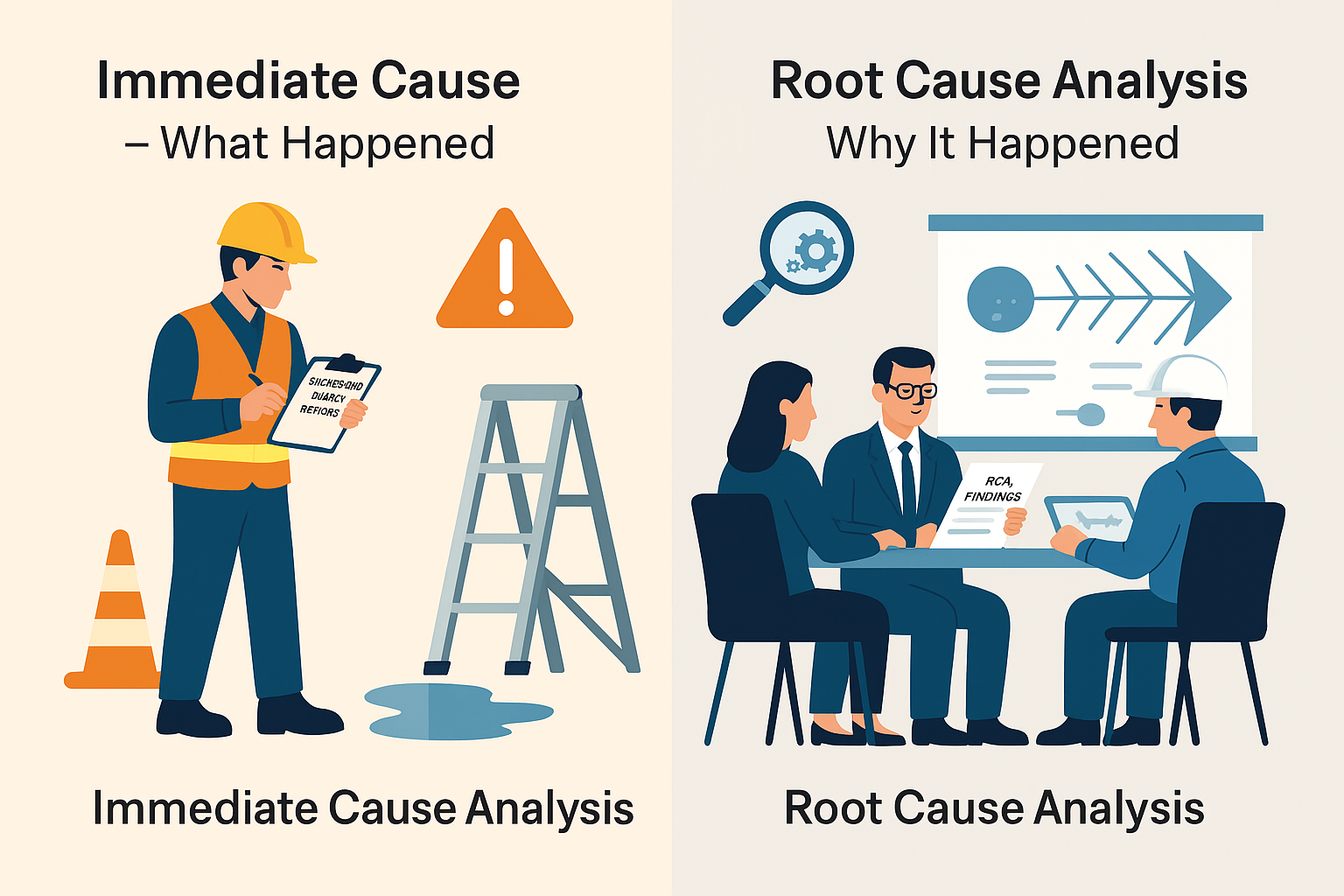
The Importance of OSHA 1926.451 Compliance
Safety in the workplace is paramount, especially in industries where workers are exposed to hazardous conditions or heights. OSHA (Occupational Safety and Health Administration) sets forth regulations to ensure that workplaces maintain a safe environment for employees. One such regulation, OSHA 1926.451, focuses specifically on scaffold safety. In this article, we’ll delve into the significance of OSHA 1926.451 compliance, its key requirements, common violations, consequences of non-compliance, steps to ensure compliance, case studies, and the benefits of adhering to these regulations.
Introduction to OSHA 1926.451
OSHA 1926.451, also known as the scaffold standard, outlines the requirements for safely constructing, inspecting, and using scaffolds in construction work. Scaffolds are temporary structures used to support workers and materials during construction, maintenance, or repair tasks.
Understanding Scaffold Safety
Scaffolds must be erected, used, and dismantled by trained personnel following specific safety guidelines outlined by OSHA. This includes ensuring proper assembly, stability, and load capacity to prevent accidents and injuries.
Training Requirements
Employers are required to provide adequate training to workers involved in scaffold-related tasks. Training should cover scaffold hazards, proper usage, fall protection measures, and emergency procedures to mitigate risks effectively.
Inspection Protocols
Regular inspections of scaffolds are crucial to identify any defects or hazards that may compromise safety. Inspections should be conducted by competent personnel before each work shift and after any alterations or adverse weather conditions.
Common Violations of OSHA 1926.451
Despite clear guidelines, violations of OSHA 1926.451 are not uncommon in the construction industry. Some of the most prevalent violations include:
Lack of Fall Protection
Failure to provide adequate fall protection measures, such as guardrails, safety nets, or personal fall arrest systems, puts workers at risk of serious injuries or fatalities in the event of a fall from height.
Improper Scaffold Construction
Improper assembly or use of scaffolds, including overloading, unstable footing, or inadequate bracing, can lead to scaffold collapses, endangering workers and bystanders below.
Inadequate Training
Employers failing to provide comprehensive training to workers on scaffold safety procedures may result in accidents due to ignorance or improper usage of scaffolds.
Consequences of Non-Compliance
Non-compliance with OSHA 1926.451 regulations can have severe repercussions for employers and workers alike.
Fines and Penalties
OSHA imposes substantial fines and penalties on employers found violating scaffold safety standards, ranging from thousands to millions of dollars, depending on the severity of the violation and the company’s history of non-compliance.
Workplace Injuries and Fatalities
Failure to adhere to scaffold safety regulations increases the likelihood of workplace accidents, leading to injuries, disabilities, or even fatalities among workers.
Steps to Ensure Compliance
To avoid costly fines, legal liabilities, and most importantly, protect worker safety, employers must take proactive measures to ensure OSHA 1926.451 compliance.
Comprehensive Training Programs
Employers should invest in thorough training programs to educate workers on scaffold safety protocols, hazard recognition, and proper equipment usage.
Regular Inspections
Routine inspections of scaffolds by qualified personnel help identify potential hazards or defects promptly, allowing for timely corrective actions to be taken before accidents occur.
Fall Protection Measures
Implementing adequate fall protection measures, such as guardrails, personal fall arrest systems, or safety nets, is essential for minimizing the risk of falls from elevated work platforms.
Benefits of OSHA 1926.451 Compliance
While achieving compliance with OSHA 1926.451 may require effort and resources, the benefits far outweigh the costs.
Improved Workplace Safety
Adhering to scaffold safety regulations creates a safer work environment, reducing the likelihood of accidents and injuries among workers.
Reduced Risk of Accidents
Proper scaffold construction, usage, and maintenance minimize the risk of accidents, protecting both workers and the public from potential harm.
Legal and Financial Protection
Compliance with OSHA regulations shields employers from costly fines, legal liabilities, and reputational damage associated with non-compliance.
OSHA 1926.451 refers to a specific regulation set forth by the Occupational Safety and Health Administration (OSHA) in the United States. This regulation pertains to the standards for scaffolding in construction operations. It outlines requirements and guidelines aimed at ensuring the safety of workers who utilize scaffolds in their work.Some key provisions of OSHA 1926.451 may include:General Requirements: This section covers the overall requirements for scaffolds, including their design, construction, and use. It may include specifications on materials, load capacity, and stability.
Platform Construction: Guidelines for constructing scaffold platforms, including the use of proper materials, dimensions, and guardrails to prevent falls.
Access: Requirements for safe access to scaffolds, such as ladders, stairs, or ramps, ensuring workers can reach scaffold platforms securely.
Fall Protection: Regulations regarding the use of fall protection systems, such as guardrails, safety nets, or personal fall arrest systems, to prevent falls from scaffolds.
Training and Inspection: Requirements for training workers on scaffold safety and inspection procedures to ensure scaffolds are properly maintained and used safely.
Weather Conditions: Guidelines for working on scaffolds during adverse weather conditions, such as high winds or ice accumulation.
Electrical Hazards: Precautions to prevent electrical hazards when working on or near scaffolds, including maintaining safe distances from power lines.
Compliance with OSHA 1926.451 is essential for employers and contractors to ensure the safety of their workers and avoid penalties for violations. It's important for employers to familiarize themselves with the specific requirements outlined in this regulation and implement them effectively on construction sites.Conclusion
OSHA 1926.451 plays a crucial role in safeguarding the health and well-being of workers in the construction industry. By prioritizing scaffold safety and ensuring compliance with OSHA standards, employers can create safer workplaces, mitigate risks, and protect their workforce from preventable accidents and injuries.
OSHA Safety Manager Qualifications
FAQs
- What is OSHA 1926.451? OSHA 1926.451 is a regulation that governs scaffold safety in the construction industry, outlining requirements for scaffold erection, usage, and inspection.
- What are the consequences of non-compliance with OSHA 1926.451? Non-compliance with OSHA 1926.451 can result in hefty fines, legal liabilities, workplace injuries, and fatalities.
- How can employers ensure compliance with OSHA 1926.451? Employers can ensure compliance by providing comprehensive training, conducting regular inspections, and implementing adequate fall protection measures.
- Why is scaffold safety important in construction? Scaffold safety is vital in construction to prevent falls, injuries, and fatalities among workers working at elevated heights.
- What are some common violations of OSHA 1926.451? Common violations include lack of fall protection, improper scaffold construction, and inadequate training of workers.

























I love safety and health course to make sure everyone is safe at work place